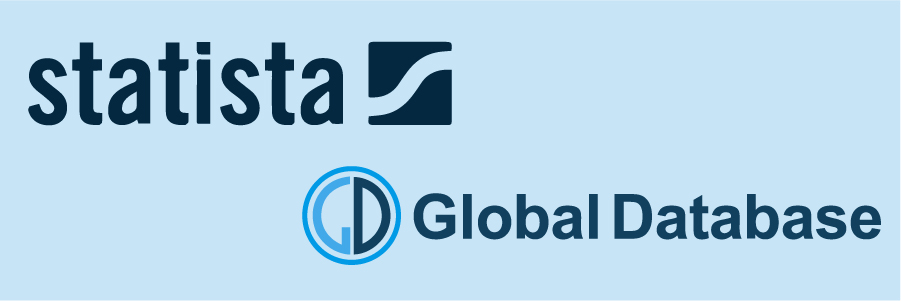A short while ago, we’ve celebrated the call with Statista, one of the leading providers of market and consumer data. The company soon became our client. In this case study, second in our series, we’d like to present both: the challenges Statista was facing and the solutions that we were able to provide.
Statista - Insights and Facts Across 600 Industries and 50+ Countries
Headquartered in Hamburg, Statista was founded 12 years ago. Since then it has grown to an international portal, hiring more than six hundred employees across three continents. Today, it has offices in London, New York, Paris, Singapore, Stockholm, Vienna and other cities. They are now one of the leading providers of market and consumer data.
Statista are continuously working on new products’ and business models development, which allows them to perform market analyses, present forecasts and satisfy their users with a sweeping range of services, such as:
-
Statista Platform. Encompassing various types of data from a large number of institutes and sources (over 18 thousand), it is now one of the largest statistics portals worldwide.
-
Research and Analysis. This service, esentially, helps users to faster collect and organise information and combines market research with analysis.
-
Content and Information Design. Aimed to help companies and reps to analyse and present data more efficiently, Statista delivers to users various presentations, infographics, videos and other customised visual content.
-
ecommerceDB. This database features a series of insightful data points on a wide array of e-commerce stores worldwide.
-
Global Consumer Survey. Designed to help users understand the degree to which consumers interact with different brands and, generally, consumer behavior, this survey provides an all-around view on media usage and consumption.
-
Digital and consumer market outlook. Intended to provide analysis and insights across more than 150 countries, market outlooks are further divided into:
-
Mobility markets, including brands, prices and revenues representing the world of automotive and mobility.
-
Consumer markets, regarding main consumer goods’ present figures as well as forecasts, all shown internationally comparable.
-
Digital markets, featuring numbers for 90+ markets of the digital economy.
There are more than 80 thousand topics across roughly 170 industry sectors covered. More than one million featured stats, collected from a total of 22.5 thousand renowned sources, attract an impressive number of more than 1.5 million registered users.

Among the advantages of using Statista platform, can be named:
-
Time saving. Instead of spending loads of hours looking up stats for a particular research, one can immediately get access to all the information compiled and even presented as a visual. According to their website, users can save about 30 minutes per research requirement.
-
Effort saving. We think everyone who has ever made research knows well how hard it may be to find certain data and how much effort the groundwork takes. Having all the needed stats in one place helps to focus on the goal instead of sweating at the technical steps of the process.
-
Transparency. Statista collect their data from an extensive list of sources, which are all listed on their website.
Statista may help with many types of statistics-related needs of the user. In the same time, provided solutions have to be based on complete and highly-accurate data.
Statista Challenges and Global Solutions

After our conversation with Statista reps, we could easily define the challenges that needed to be addressed. These can be generally described as follows:
-
A small number of reliable data sources for certain industries in a series of countries. Any service delivered requires responsibility. Data analysis and forecasting bear liability, to a degree that it would have been irrational to base it on data providers that cannot be trusted.
-
Deficient company information for an extended list of countries. Certain regions were displaying poor company information, some records being incomplete, while others were too few (per industry or region) to be considered in research pursuing a statistically significant result.
-
A high bounce-rate driven by incomplete data or a total lack of company information. Due to an increased number of users looking up corporate information, the shortfall of this data resulted in more users abandoning the company-database category web page.
